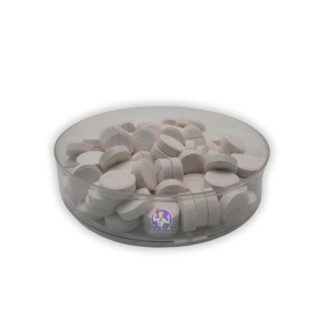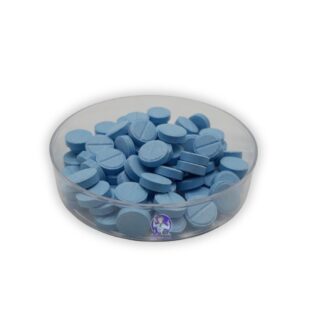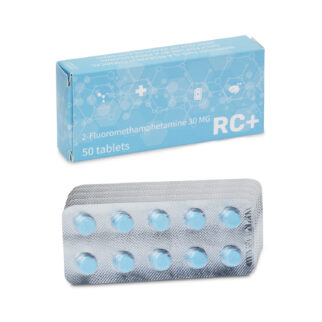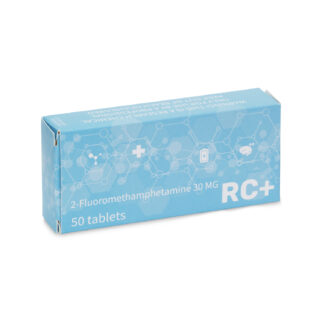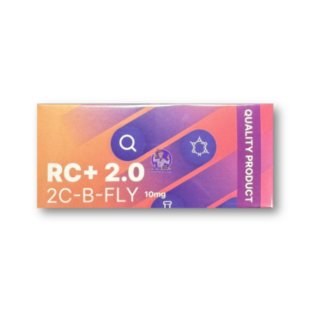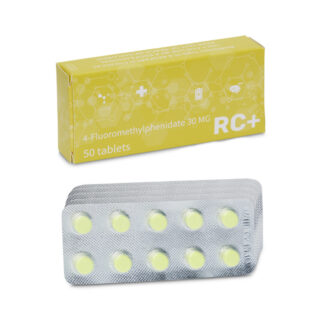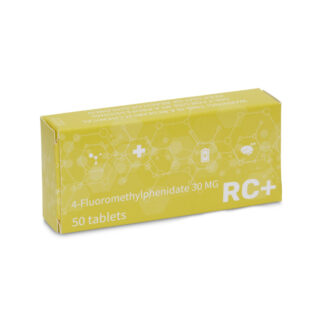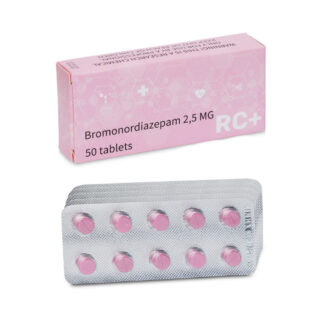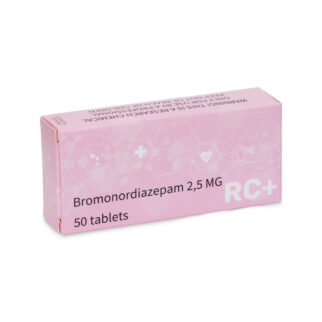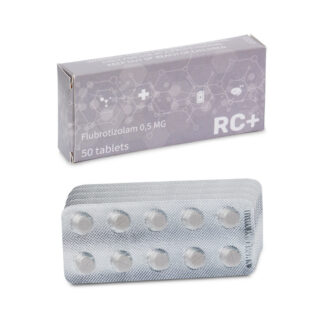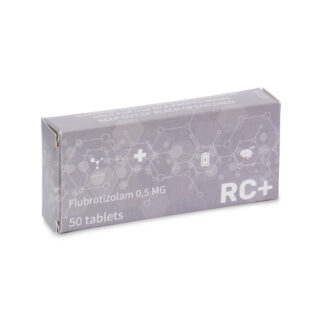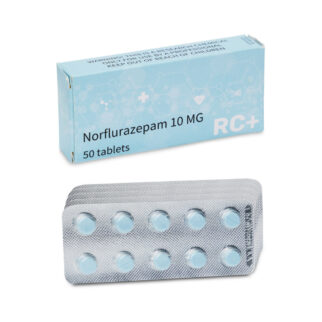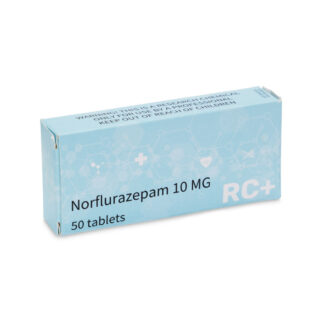
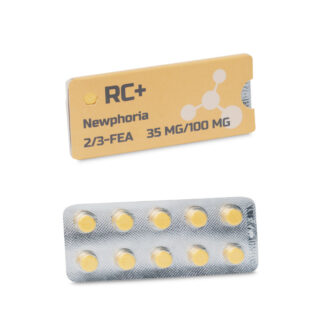
Metocin 4-HO-MET 21 MG Pellets
€38.95 – €973.75Price range: €38.95 through €973.75
🔞 We do not sell to minors! Adults only.
Metocin / 4-HO-MET 21 MG pellets
These 4-HO-MET 21 MG pellets are packed in a convenient, strong and durable blister.
1pill strip contains 10 pills
4-HO-MET is a monoamine alkaoid, this is a somewhat lesser known substance belonging to the Tryptamine group. Tryptamine is found in plants, mammals and humans.
We offer good quality research chemicals at a fair price. Your order will be shipped every (working) day within 24 hours. Therefore, order 4-HO-MET safely and quickly through DoctorLab!
What is 4-HO-MET?
4-HO-MeT, also known as 4-hydroxy-N-methyl-N-ethyltryptamine, belongs to the group of synthetic tryptamine compounds and has psychedelic effects similar to other tryptamines such as psilocin, the active ingredient in magic mushrooms. It binds to serotonin receptors in the brain, especially the 5-HT2A receptor, causing altered states of consciousness, perception and mood.
The origin of 4-HO-MeT is not fully known, but it was reportedly first synthesized in the 1960s by Alexander Shulgin, a chemist and pharmacologist known for his work on psychedelics. Shulgin noted that the compound has a similar chemical structure to psilocin, but with unique effects and characteristics.
Today, 4-HO-MeT is mainly used as a research substance and not intended for human consumption. It is often used in studies of the effects of psychedelics on the brain and for the development of potential therapeutic applications.
The safety profile of 4-HO-MeT has not yet been fully assessed, but it is known for its potentially serious psychological effects and its use may be risky. Because it is a synthetic compound, the long-term effects of its use on human health are not well known.
How did 4-HO-MET come into being?
Alexander Shulgin, a chemist and pharmacologist, began experimenting with various psychedelic substances in the 1960s to discover new compounds that could cause an altered state of consciousness. He is believed to have synthesized 4-HO-MeT during this period, probably as a derivative of psilocin, the active ingredient in magic mushrooms. Shulgin described that 4-HO-MeT has a similar chemical structure to psilocin, but with unique effects and characteristics.
Although 4-HO-MeT was studied for its psychoactive effects after its initial synthesis by Shulgin and other researchers, it did not receive widespread attention until the research chemical market emerged in the 2000s. Today, 4-HO-MeT is mainly used as a research substance and is not intended for human consumption. It is often used in studies of the effects of psychedelics on the brain and for the development of potential therapeutic applications.
Shulgin’s synthesis of 4-HO-MeT is an important contribution to psychedelic research. His work in synthesizing and testing new compounds increased our understanding of the human mind and consciousness and paved the way for new discoveries in the field of psychedelic science.
4-HO-MET properties
Synonyms: 4-hydroxy-N-methyl-N-ethyltryptamine; metocine; 3-{2-[ethyl(methyl)amino]ethyl}-1H-indole-4-ol
CAS number: 77872-41-4
Formula: C13H18N2O
Molmass: 218.3 g/mol
Purity: ≥98%.
Hazard statements
4-HO-MET may cause respiratory irritation
4-HO-MET may cause eye irritation
It is prohibited to release research chemicals into the environment
4-HO-MET IN CONTACT WITH EYES: Carefully flush eyes with water for five minutes. If possible, remove contact lenses.
4-HO-MET ON SKIN CONTACT: Wash skin with soap and water.
AFTER INHALATION OF 4-HO-MET: Move the victim to fresh air and keep the victim in a position comfortable for breathing.
4-HO-MET is sold only for research purposes and thus is not intended for consumption. Stable research of 4-HO-MET can last up to 2 years if stored in a proper environment. Because 4-HO-MET is for research purposes only, it is important to keep it out of the reach of children and pets.
WHY CHOOSE DOCTORLAB.EN FOR YOUR RESEARCH CHEMICALS?
At Doctorlab.co.uk, we pride ourselves on offering high-quality research chemicals at fair prices. Our commitment to customer satisfaction means that your orders are processed and shipped within 24 hours, so you receive your products quickly and safely.
BENEFITS OF ORDERING WITH DOCTORLAB.EN
Quality Assurance: We guarantee a purity level of ≥98% for Metocin 4-HO-MET 21 MG Pellets, ensuring reliable and consistent results for your research.
Prompt Shipping: Orders are shipped daily (Mo – Fr), with a commitment to ship within 24 hours of purchase.
Customer Safety: We emphasize the importance of proper use and storage and ensure that all of our products meet strict standards.
Order your Metocin 4-HO-MET 21 MG Pellets safely and quickly through Doctorlab.co.uk, where quality and customer service are our top priorities.
| Quantity |
10 tablets ,20 tablets ,50 tablets ,100 tablets ,250 tablets |
|---|














